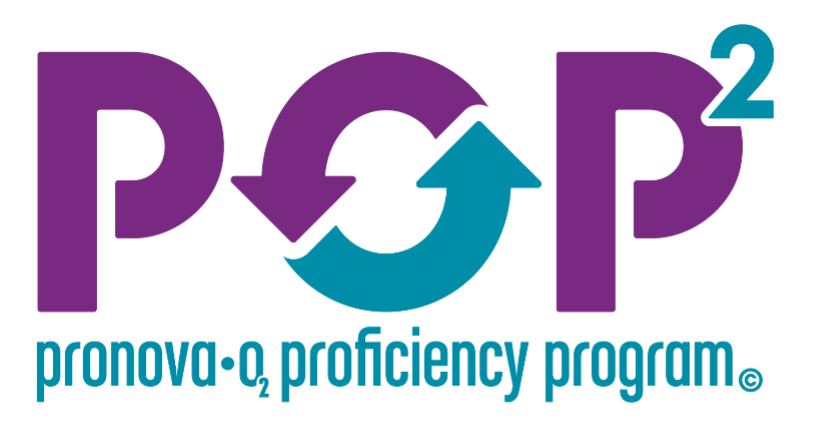
Increase Implementation
Prone Positioning and How to Increase Implementation
An article published in 20191 discussed the fact that while prone positioning has strong evidence in support of its use, many patients who should receive prone position therapy do not.2 The article explored different barriers to this therapy, as well as interventions that can increase utilization of the prone position, leading to improved outcomes for patients.
Some barriers to implementing prone position include staff training, constrained nursing resources, and physician awareness.1 It is important to note that these barriers were recognized prior to the pandemic and are significantly greater today. This article described the difficulty hospitals face when considering ways to increase prone positioning since prone positioning is not a directly reimbursed intervention. The article concludes that spending more money to increase utilization of prone positioning makes fiscal sense, knowing that the intervention can increase survival rates for patients.1

Prone Positioning
Because major barriers to utilizing prone positioning include staff training and nursing resources, Turn Medical has developed Turn University and the Pronova-O2 Proficiency Program, designed to support training and education for nurses as well as support policy and protocol development for automated prone therapy. Pronova-O2™ is a therapy system that implements the prone position with dramatically less staff required to complete the position change once the patient has been transferred to the surface.
The Pronova-O2 Automated Prone Therapy System provides a safe and efficient method for positioning critically ill patients. INQUIRE NOW to request a demo for your facility! For additional information on automated prone positioning, please visit turnmedical.com or call 1-855-275-8876.
Refer to Pronova-O2 Instructions for Use for full prescribing information including risks.
Reference
- Baston CM, Coe NB, Guerin C, Mancebo J, Halpern S. The Cost-Effectiveness of Interventions to Increase Utilization of Prone Positioning for Severe Acute Respiratory Distress Syndrome. Crit Care Med. 2019 Mar;47(3):e198-e205. doi: 10.1097/CCM.0000000000003617. PMID: 30779719; PMCID: PMC6383780.
- Bellani G, Laffey JG, Pham T, et al. Epidemiology, Patterns of Care, and Mortality for Patients With Acute Respiratory Distress Syndrome in Intensive Care Units in 50 Countries. JAMA. 2016;315(8):788–800. doi:10.1001/jama.2016.0291






